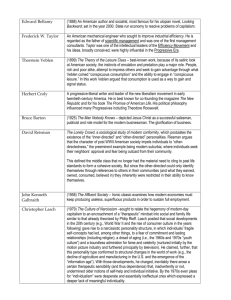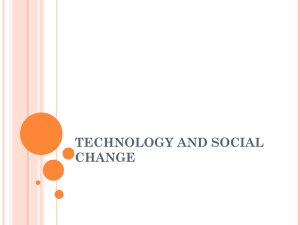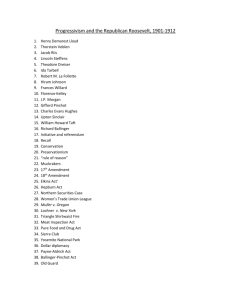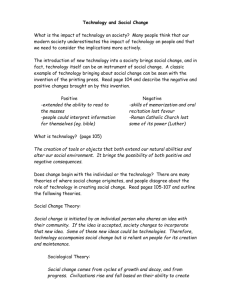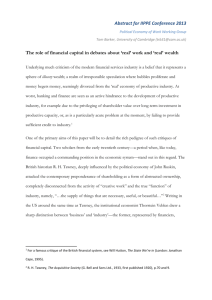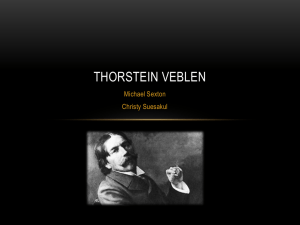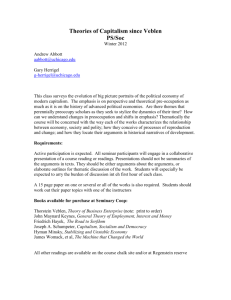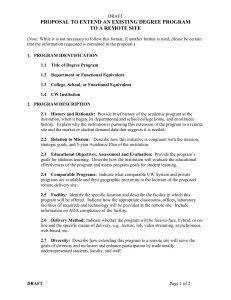Veblen Effect
advertisement
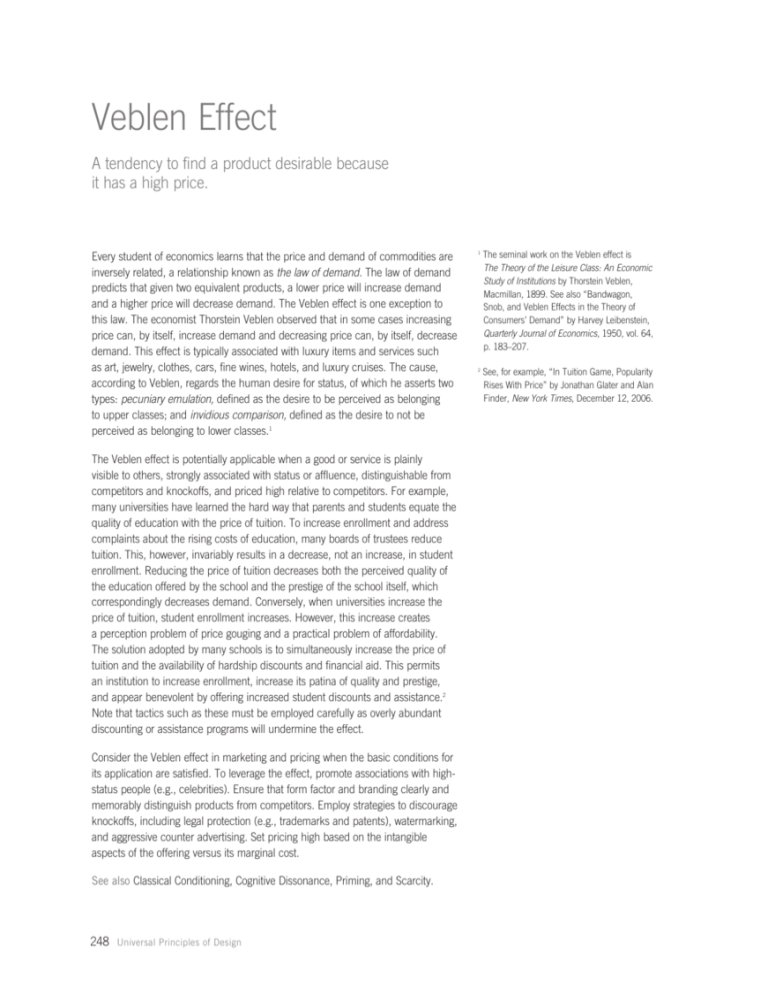
Veblen Effect A tendency to find a product desirable because it has a high price. Every student of economics learns that the price and demand of commodities are inversely related, a relationship known as the law of demand. The law of demand predicts that given two equivalent products, a lower price will increase demand and a higher price will decrease demand. The Veblen effect is one exception to this law. The economist Thorstein Veblen observed that in some cases increasing price can, by itself, increase demand and decreasing price can, by itself, decrease demand. This effect is typically associated with luxury items and services such as art, jewelry, clothes, cars, fine wines, hotels, and luxury cruises. The cause, according to Veblen, regards the human desire for status, of which he asserts two types: pecuniary emulation, defined as the desire to be perceived as belonging to upper classes; and invidious comparison, defined as the desire to not be perceived as belonging to lower classes.1 The Veblen effect is potentially applicable when a good or service is plainly visible to others, strongly associated with status or affluence, distinguishable from competitors and knockoffs, and priced high relative to competitors. For example, many universities have learned the hard way that parents and students equate the quality of education with the price of tuition. To increase enrollment and address complaints about the rising costs of education, many boards of trustees reduce tuition. This, however, invariably results in a decrease, not an increase, in student enrollment. Reducing the price of tuition decreases both the perceived quality of the education offered by the school and the prestige of the school itself, which correspondingly decreases demand. Conversely, when universities increase the price of tuition, student enrollment increases. However, this increase creates a perception problem of price gouging and a practical problem of affordability. The solution adopted by many schools is to simultaneously increase the price of tuition and the availability of hardship discounts and financial aid. This permits an institution to increase enrollment, increase its patina of quality and prestige, and appear benevolent by offering increased student discounts and assistance.2 Note that tactics such as these must be employed carefully as overly abundant discounting or assistance programs will undermine the effect. Consider the Veblen effect in marketing and pricing when the basic conditions for its application are satisfied. To leverage the effect, promote associations with highstatus people (e.g., celebrities). Ensure that form factor and branding clearly and memorably distinguish products from competitors. Employ strategies to discourage knockoffs, including legal protection (e.g., trademarks and patents), watermarking, and aggressive counter advertising. Set pricing high based on the intangible aspects of the offering versus its marginal cost. See also Classical Conditioning, Cognitive Dissonance, Priming, and Scarcity. 248 Universal Principles of Design 1 The seminal work on the Veblen effect is The Theory of the Leisure Class: An Economic Study of Institutions by Thorstein Veblen, Macmillan, 1899. See also “Bandwagon, Snob, and Veblen Effects in the Theory of Consumers’ Demand” by Harvey Leibenstein, Quarterly Journal of Economics, 1950, vol. 64, p. 183–207. 2 See, for example, “In Tuition Game, Popularity Rises With Price” by Jonathan Glater and Alan Finder, New York Times, December 12, 2006. Electric cars are historically slow, ugly, and uncool. How to transform this perception? Introduce a fast, sexy, and exotic electric car. Release the car in limited numbers, associate it with people of status such as celebrities, politicians, and executives, and charge a premium for it. Once product perception makes the transformation from white elephant to white tiger, expand the product line with lower-priced models. The Tesla Roadster: Veblen good (financing available). Veblen Effect 249
